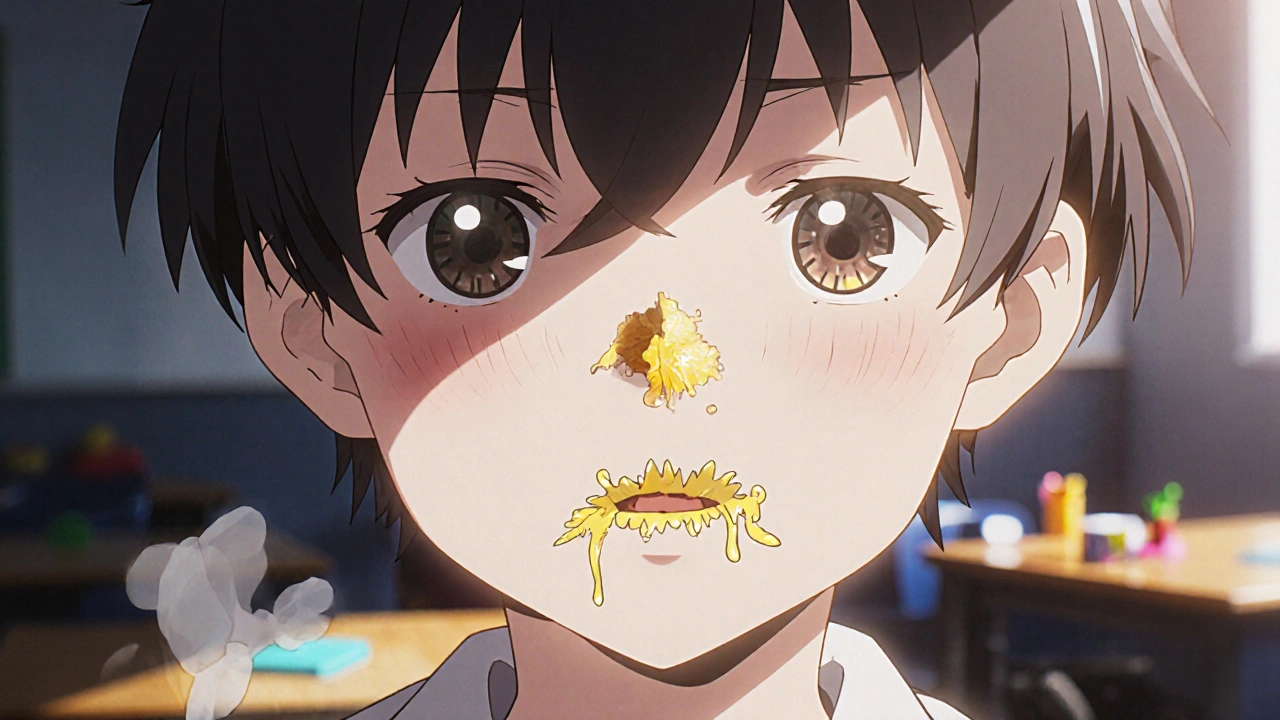Impetigo Treatment: What Works, What Doesn't, and What to Avoid
When a red, oozing rash shows up on a child’s face—or even an adult’s—chances are it’s impetigo, a highly contagious bacterial skin infection most often caused by Staphylococcus aureus or Streptococcus pyogenes. Also known as school sores, it spreads easily through touch, towels, or shared toys, especially in crowded places like daycares and sports teams. It’s not dangerous, but it’s annoying, unsightly, and spreads fast if you don’t treat it right.
Most cases of impetigo respond well to simple topical antibiotics like mupirocin or retapamulin. These ointments go on twice a day for about a week and clear up the sores in most people. But if the infection is widespread, deep, or doesn’t improve after a few days, you’ll need oral antibiotics—usually penicillin-based ones like amoxicillin-clavulanate or cephalosporins. Not all antibiotics work here. Clindamycin? Sometimes. Doxycycline? Not for kids under 8. You need the right match.
What you shouldn’t do is ignore it, pop the blisters, or use random OTC creams. Hydrogen peroxide might sting, but it won’t kill the bacteria deep in the skin. Tea tree oil? No proof it works. And don’t assume it’s just a rash—it’s a bacterial infection that can lead to complications like cellulitis or kidney issues if left untreated. Kids with eczema or insect bites are more likely to get it, so keeping skin clean and moisturized helps prevent outbreaks.
Good hygiene is the first line of defense. Wash hands often. Don’t share towels, clothing, or bedding. Cut nails short. Cover sores with gauze until they heal. Schools often require kids to stay home until 24 hours after starting antibiotics. That’s not overkill—it’s necessary to stop the spread.
Some people think impetigo only happens to kids. It doesn’t. Adults get it too—especially athletes, military personnel, or anyone with skin breaks from cuts, insect bites, or eczema. The treatment is the same, but the context changes. What works for a toddler might need adjustment for an older person on other meds.
Below, you’ll find real-world guides on what medications actually clear up impetigo, how to avoid spreading it, and what to do if it comes back. No fluff. No theory. Just what works based on how people actually use these treatments—and what mistakes they made along the way.

